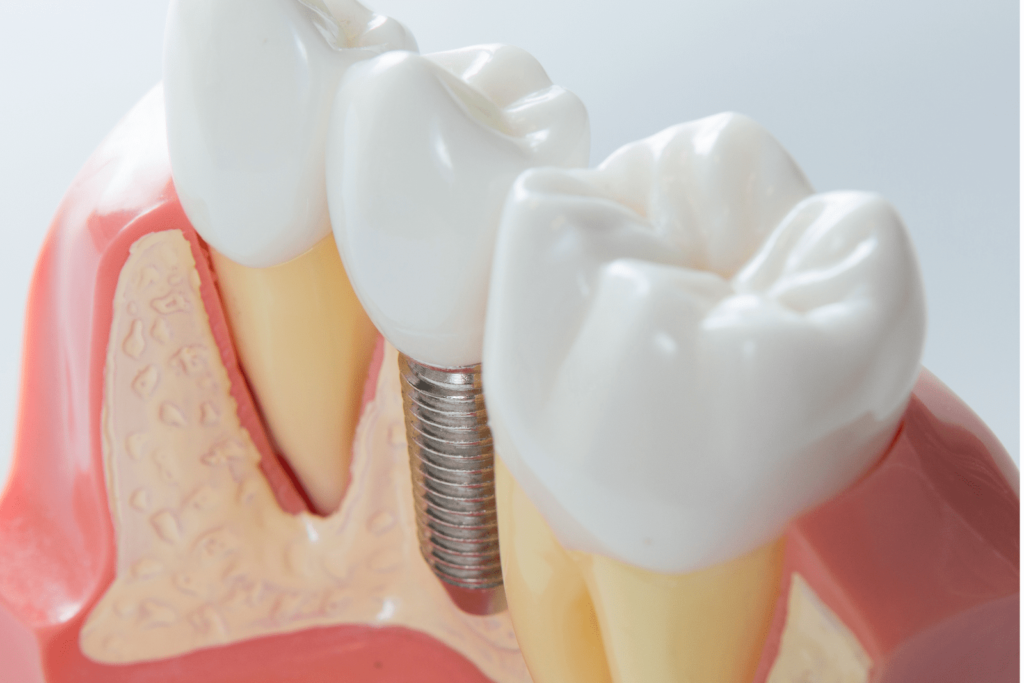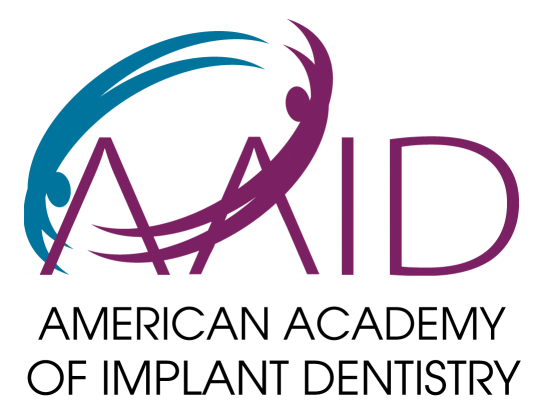Endosteal dental implants represent the most widely used and clinically proven method for replacing missing teeth, offering patients the closest alternative to natural tooth roots available in modern dentistry. At Lansdowne Family Dental, our experienced implant team specializes in endosteal implant placement and restoration, helping patients throughout Loudoun County restore their smiles with this revolutionary tooth replacement technology that has transformed countless lives over the past several decades.
Understanding the different types of dental implants available is crucial for making informed decisions about your oral health and smile restoration options. Endosteal implants, which are surgically placed directly into the jawbone, offer superior stability, longevity, and functionality compared to other tooth replacement alternatives, making them the preferred choice for most patients seeking permanent solutions to tooth loss.
In this comprehensive guide, we’ll explore what endosteal dental implants are and how they differ from other implant types, examine the candidacy requirements and evaluation process for this treatment, discuss the surgical placement procedure and recovery expectations, outline the benefits and potential limitations of endosteal implants, and provide you with the detailed information needed to determine whether this gold standard tooth replacement option is right for your specific dental needs and lifestyle goals.
What are Endosteal Implants?
Endosteal refers to “in the bone”. This type of implant is surgically placed into the jawbone, acting as an artificial tooth root to hold a dental prosthetic in place.
The implant itself is a small titanium screw that is inserted directly into the jawbone through precise drilling. The titanium surface integrates with the bone through a process called osseointegration. After 2-6 months of healing, the implant fuses securely within the jawbone to provide a stable foundation for attaching replacement teeth.
Once fully integrated and ready for tooth restoration, an abutment is connected to the top of the implant. Custom replacement teeth, such as a crown, bridge, or denture, are designed and fabricated to fit onto the abutments. The final restoration is then securely attached to complete the implant tooth replacement.

Benefits of Endosteal Implants
Endosteal implants provide both aesthetic and functional advantages:
- Appearance – Implants are designed to match surrounding natural teeth.
- Confidence – Restore the ability to smile, speak, and eat without embarrassment.
- Stability – Implants are securely fixed in the jawbone, so there is no slipping or movement.
- Bone Loss Prevention – Implants help stimulate bone to prevent atrophy after tooth loss.
- Adjacent Tooth Protection – Implants don’t rely on neighboring teeth for support.
- Convenience – Unlike removable dentures, implants are permanent and don’t require removal for cleaning or sleep.
- Durability – With proper care, implants can potentially last decades.
- Comfort – Implants function like natural teeth without irritating gums.
- Easiness – Implants are cared for just like regular teeth with brushing, flossing, and checkups.
Implants are an effective tooth replacement solution and the closest option to natural teeth in terms of look, feel and performance.
Ideal Implant Candidate
While most people can get dental implants, ideal candidates should have the following:
- Good general and oral health
- Healthy gums and adequate bone to secure the implant
- Proper space between teeth for the implant crown
- Realistic expectations about results
- Commitment to required oral care and regular dental visits
- Willingness to quit smoking since it can inhibit healing
A comprehensive oral exam and x-rays are needed to evaluate if you meet the criteria for implants. From there, planning begins to design your custom treatment plan.
The Endosteal Implant Procedure
The implant process involves several coordinated steps for optimal results:
Pre-Treatment Planning
The first phase is diagnostic to form an effective implant plan:
- Medical and dental history review
- Panoramic x-rays to visualize anatomy
- Study models and intraoral images
- CT scan for 3D precision and measurement
- Computer simulation of implant placement
This digital planning allows us to select the ideal type, size, and position for the implants before surgery.
Implant Placement Surgery
Next is the actual surgical placement of the implant into the jawbone:
- Local anesthesia or IV sedation is used for comfort
- A small incision is made to expose the bone
- Using surgical guides, the implant site is prepared with precision drilling
- The titanium implant is inserted into the bone socket
- Gums are closed with stitches over the implant to heal
- Temporary dentures may be placed for esthetics while healing
After surgery, there is usually minimal swelling and discomfort for a few days. Healing time before the next phase is 2-6 months.
Abutment and Crown Attachment
This step connects the visible tooth portion to the integrated implant:
- The abutment is screwed into the top of the implant
- Impressions are taken and sent to a dental lab
- A custom-designed crown is created to match your natural teeth
- In a follow-up visit, the finished crown is secured on the abutment
The artificial crown then functions like a real tooth.
Follow Up Care
Implants are built to last but require proper maintenance:
- Brush and floss implants daily as you would natural teeth
- Use recommended home care tools to keep implants clean
- See your dentist twice yearly for professional cleanings and checkups
- Have any problems like loosening addressed promptly
Follow-up care helps ensure your implants remain healthy and functioning for many years.\
Why Choose Lansdowne Family Dental for Endosteal Dental Implants?
When you choose Lansdowne Family Dental for your dental implant procedure, you can feel confident knowing you are in the hands of true experts.
Our Implant Dentist’s Experience:
- Many successful implant procedures completed
- Placing dental implants for years
- Continuing education in the latest implant techniques and technology
- Knowledgeable in various implant systems.
Our Advantage:
- Advanced 3D CT imaging for precise planning
- Computer-guided implant surgery for accuracy
- Meticulous attention to detail throughout the entire process
- Commitment to your comfort – IV sedation is available
- Precision-milled custom abutments for natural-looking restorations
- Coordination with implant lab technicians for optimal implant crowns
- Follow-up care to ensure proper healing and success
From initial consultation to final restoration, our doctor leads the process supported by our skilled clinical team. We use the latest technology and methods to provide you with a seamless implant experience from start to finish.
If you are ready to learn more about regaining your smile with implants, we provide the expertise, experience, and care to achieve successful, long-lasting results.






